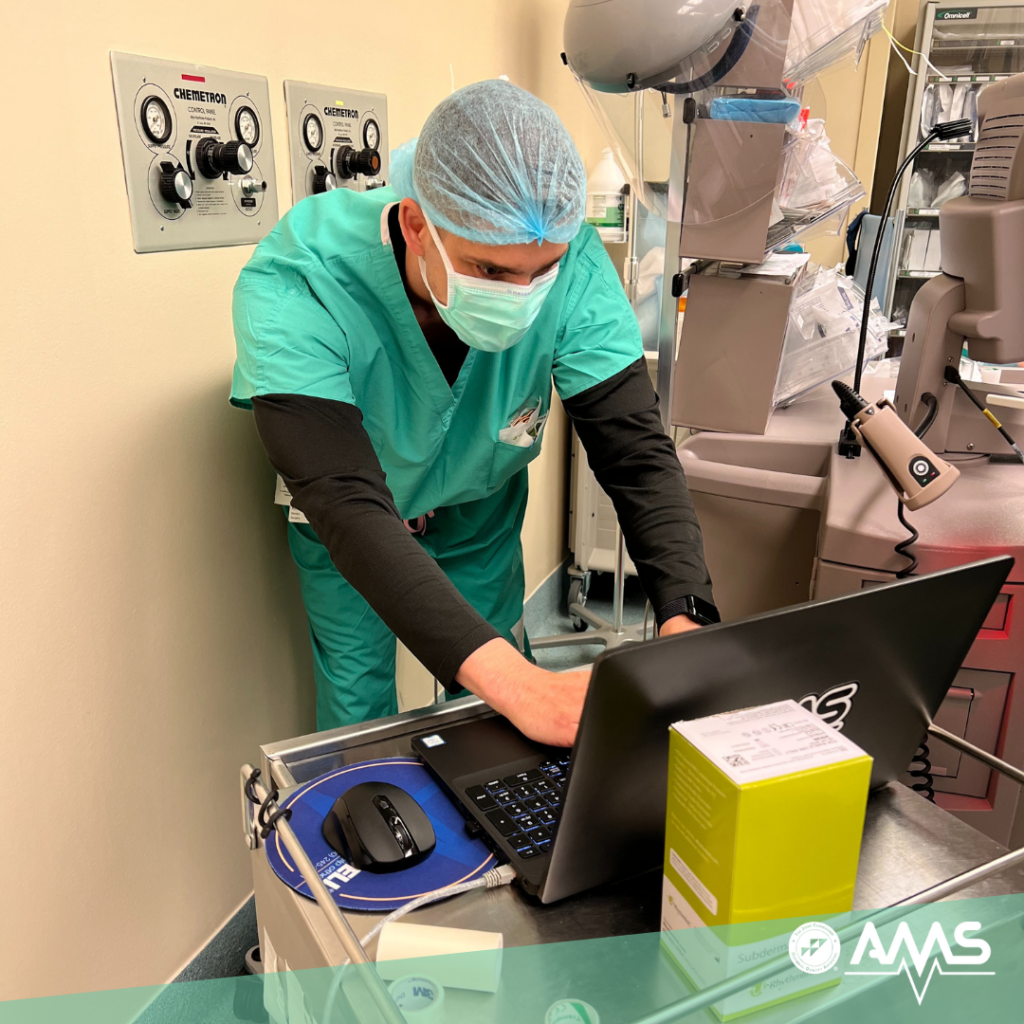IONM Troubleshooting Tips

It's crunch time... The slim window where you have finished setting up the patient, placing your electrodes, and baselines are coming in. Based on the patient's pathology, history, and the symptoms being treated, the ability to obtain reliable baselines can vary greatly. There are also outside factors that can contribute to your ability to gather monitorable data, such as noise, anesthesia, body temperature, blood pressure, and the dreaded "technical issue". No matter what the factors are, it is our job as surgical neurophysiologists to sift through each potential cause and troubleshoot.
Here are some tips to keep in your scrubs pocket along with the million of needle protectors we seem to accumulate.
SSEPs (Somatosensory Evoked Potentials) can possibly be improved in the IONM system first by increasing stimulation intensity, increasing pulse duration, and decreasing the rep rate. Some physical factors to consider are checking your head leads making sure they are completely buried subdermally, as well as taking the time to optimize your placement. A little movement can go a long way. If your patient has a history of neuropathy, it's a good idea to consider using subdermal needle electrodes instead of stimulation pads. These allow for a deeper and more accurate stimulation of the nerve. If switching to needles doesn't help, consider an alternative stimulation site. For posterior tibial nerve stimulation, consider utilizing popliteal fossa. Just beware of patient movement with this one, as the legs like to move a bit more if the patient isn't under paralytic. Speaking of anesthesia, the other factor that could greatly contribute to the lack of SSEP waveforms is a high dose of anesthesia being delivered. Remember, 0.5 MAC for inhalational agents is what's preferred here, especially with infusions running. While you're checking out those anesthesia levels, take a look at the vitals. Is the blood pressure and/or temperature low?
TcMEPs (Transcranial Motor Evoked Potentials) can potentially be improved in the IONM system by checking the gain (reduce to ensure there are no responses) and increasing stimulation intensity first. A few other options to try in the system are lowering your pulse count to ~5 pulses and increasing stimulation intensity, lower stimulation rate to 350 Hz, and changing the polarity. Some even suggest stimulating with a double train of pulses over the single train. Check out this article to learn more about double train for TcMEPs. Check out this article to learn more about Double Train TcMEPs. Just like with SSEPs, ensure your TcMEP head leads are optimally placed. If you decide to move them, try the leapfrog method of leaving two leads in and placing new ones anterior or posterior to the original leads. If your signals improve, but there's still room for growth, take the original leads and place them just anterior/posterior of where the second set of leads were placed. Another factor to remember is checking anesthesia levels. Is gas too high? Did the anesthesia provider give paralytic or a bolus? Is the blood pressure low?
To4 (Train of Four) is a pretty straightforward modality to troubleshoot, unlike SSEPs and TcMEPs. If you run your To4 and you have no twitches or a weird noisy set of lines, make sure the stimulation leads are plugged into the stimulation box/pod correctly. Make sure the stimulation pads are making good contact or that the needles are placed accurately. Just like with SSEPs, use alternative stimulation sites to correspond that To4 is accurate. Last but not least, make sure to confirm with the anesthesia provider that no lasting paralytic has been given.
So you've checked everything on your checklist, and now you're getting some solid signals. Or maybe you had them from the get-go, but there's a ton of noise present. What now? When a lot of noise is present it can come from several sources. Sometimes the patient is "light", or just not deep enough under anesthesia. This usually presents in SSEPs and Cranial Nerve EMG (electromyography). If you're running EEG (electroencephalography), check to see if the patient is in burst suppression as this can be a good indicator as to if the patient isn't deep in anesthesia. While you're checking out your EEG, look to see if there is noise present in those channels as well. This can be a good indicator that your head leads are seeing a source of electrical noise. This can be from the EKG leads, BIS monitor, or the temperature probe. It can also be from the OR bed. Check by unplugging the bed momentarily and/or removing the remote from the area of your equipment and see if it improves. Lastly, check all plugs to ensure that what is plugged into them isn't loose or partially inserted. This goes for your equipment as well!
It's important to keep your leads, pods, and wires away from other OR wires and equipment if possible. Check out our other blog post on keeping your head leads together to minimize the noise in your SSEPs and EEG. Also, consider buying wire ties or velcro straps to keep your wires together and tidy.
Have any other troubleshooting tips and tricks? Join the discussion in the comments on our LinkedIn and Instagram pages by clicking the icons below.

Lauren Smith, CNIM
Surgical Neurophysiologist
Author

Haley McCarver, CNIM
Training Manager/Surgical Neurophysiologist
Editor
